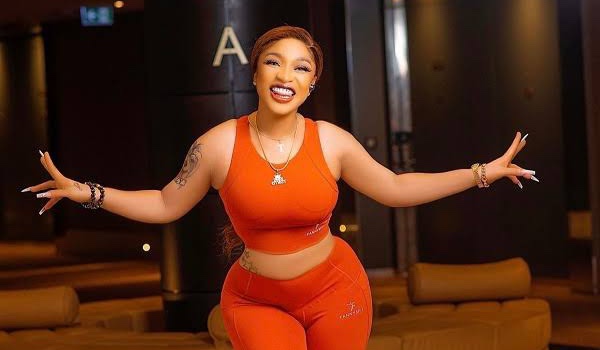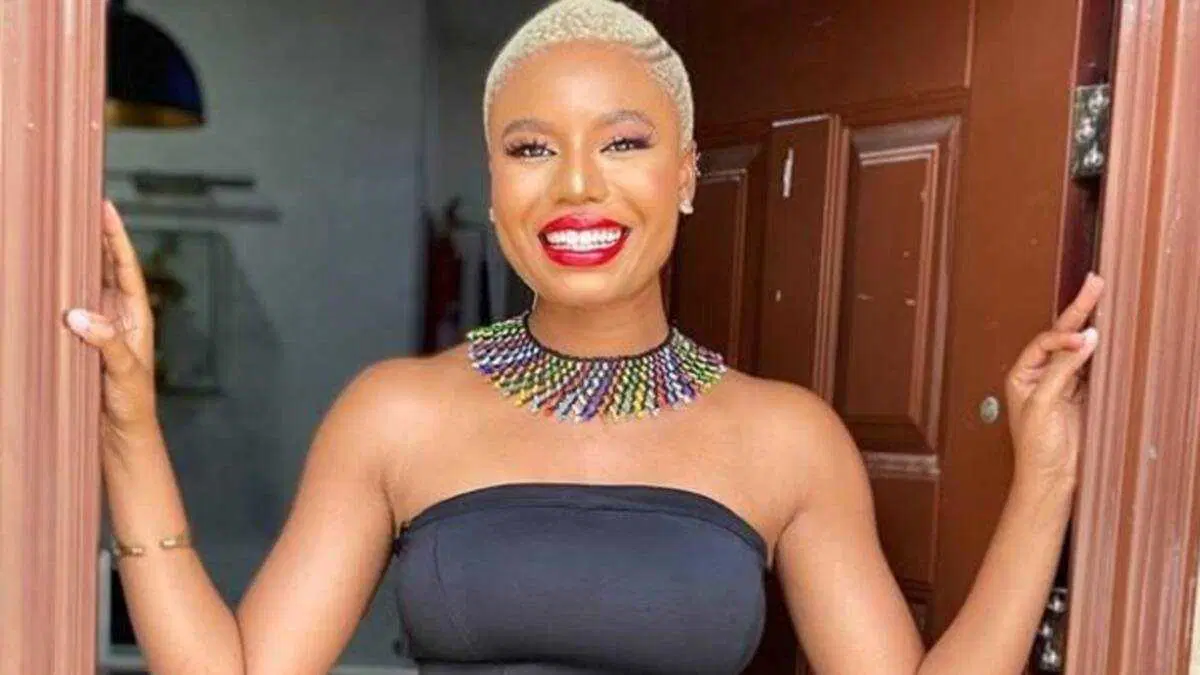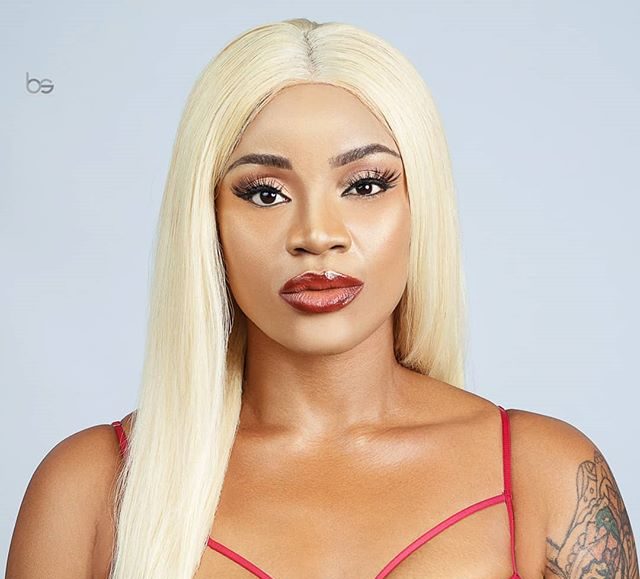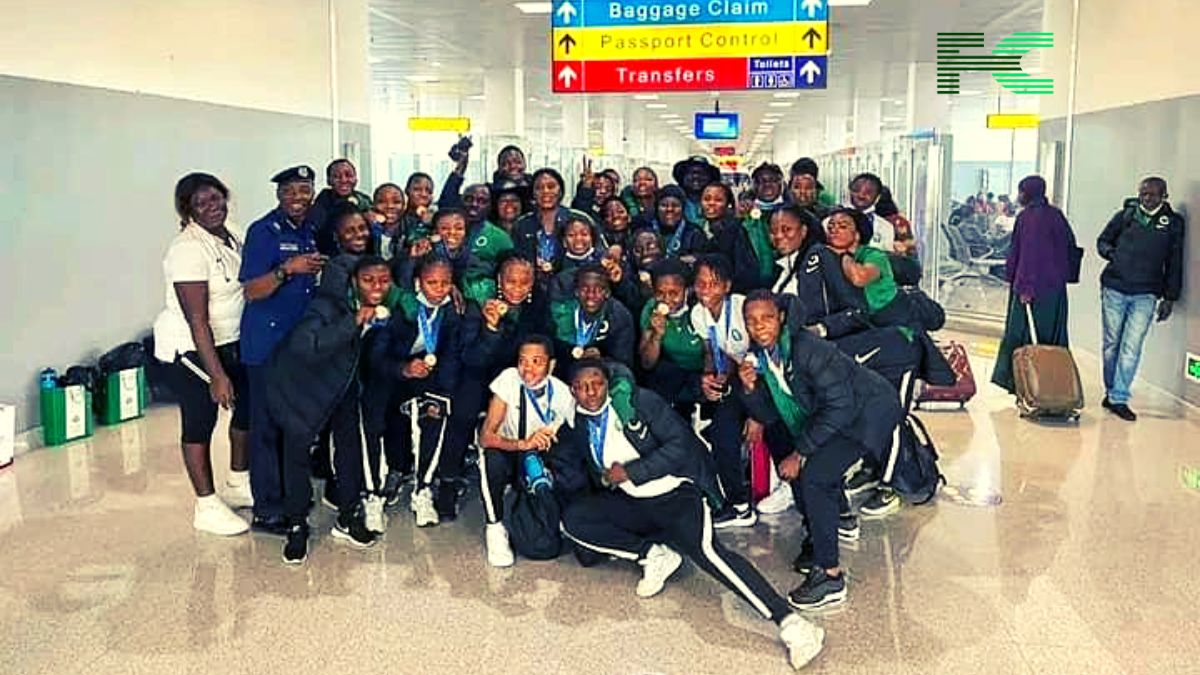The global rise of the Brazilian Butt Lift (BBL) procedure marks a significant shift in contemporary beauty ideals, moving away from traditional models of slimness toward an exaggerated hourglass figure. Nowhere is this transformation more visible and intensely debated than within the Nigerian entertainment industry, specifically Nollywood, where the aesthetic choices of actresses are perpetually under the harsh scrutiny of the public gaze.
Cosmetic surgery, once a whispered secret, has become a potent, albeit controversial, tool for celebrity branding and economic leverage. This article argues that the widespread adoption of the BBL by Nollywood figures, alongside the nascent, yet powerful, international and local conversation about its reversal or reduction, reflects deeper tensions between modern celebrity entrepreneurship, evolving cultural standards of femininity, and the relentless economic pressures of maintaining relevance in the digital age.
The BBL as a Celebrity Brand Asset
In the hyper-competitive landscape of Nollywood, a striking physical appearance is often integrated directly into an actress’s brand identity, becoming as valuable as acting talent itself. For many Nigerian actresses, the BBL has transformed a personal choice into a professional asset, aligning their image with a globally desired aesthetic of exaggerated curves and ‘snatched’ waists.

Publicly acknowledging the procedure, as some prominent figures like Tonto Dikeh, Nancy Isime and Blessing CEO have done, served to normalize body modification and simultaneously elevate their profiles. This transparency, whether genuine or strategic, positions the actress as bold, modern, and in control of her narrative—an important differentiator in a crowded market.
The resulting figures are monetizable commodities that attract higher engagement on social media, secure endorsement deals, and offer a competitive edge for specific roles. This phenomenon shows that in the contemporary African celebrity ecosystem, the body is a form of capital, and its ‘enhancement’ is often seen as a necessary investment in career longevity and financial success.
Socio-Economic Pressures and the Culture of Secrecy
The motivation for embracing cosmetic enhancement is complex, rooted both in global beauty trends and specific local socio-economic drivers. The pressure to conform to this new, idealized curvy standard is immense, fueled by audience demand and the competitive benchmarking of peers. However, the discourse surrounding the BBL in Nigeria is defined by a significant duality: while some celebrities are outspoken proponents of their choices, many others maintain a strict, often heavily scrutinized, secrecy.
This duality reflects a cultural tension where physical modifications are simultaneously desired and morally judged. The judgment often comes from a conservative public, which views the procedures as artificial or medically risky, forcing many celebrities to engage in a delicate dance of denial or strategic ambiguity. Nevertheless, for those who choose the path of enhancement, the economic reward of increased fame and commercial viability usually outweighs the social criticism. The procedure acts as a fast-track to visibility, fundamentally altering the traditional career trajectory and offering a shortcut to the upper echelons of the celebrity hierarchy.
The Emerging Discourse of Reduction and Reversal
While the initial trend focused solely on augmentation, the subsequent, emerging conversation around BBL reduction or ‘reversal’ signifies a new chapter in the body modification narrative. Confirmed, high-profile Nigerian cases of reversal are not yet as widespread as the initial procedures, but the idea of reversal is gaining traction, largely influenced by global trends, particularly the actions of American celebrity figures like the Kardashians, who have publicly undergone reductions.
For Nollywood, this emerging discourse serves as a crucial check on the extreme nature of the trend. The ‘reversal’ is less a physical trend and more a metaphorical one: it represents a cultural recalibration. It brings to the forefront the long-term realities of the procedure—health complications, the prohibitive costs of maintenance, and the psychological toll of living up to an artificially constructed ideal. When a celebrity shifts from promoting the curves to questioning their sustainability, they initiate a necessary public dialogue about body autonomy, surgical risk, and the definition of natural beauty, suggesting a potential backlash against the over-saturation of the hourglass figure.

Conclusion
The Brazilian Butt Lift phenomenon in Nollywood is a compelling case study of how celebrity, commerce, and culture intersect. It is driven by celebrity branding, the economic imperative of digital fame, and a cultural embrace of a hyper-feminine aesthetic. The current conversation is moving from simple augmentation to a deeper, more critical appraisal, characterized by whispers of reversal and reduction.
This shift indicates that the pursuit of the ‘perfect’ body is not a static endpoint but a continuous, evolving narrative marked by both self-expression and market correction. Ultimately, the story of BBL in the Nigerian entertainment scene is a testament to the powerful, often contradictory, forces that shape modern beauty, demanding that society—and the celebrities themselves—reckon with the true cost of chasing an idealized, surgically-enhanced self.
















